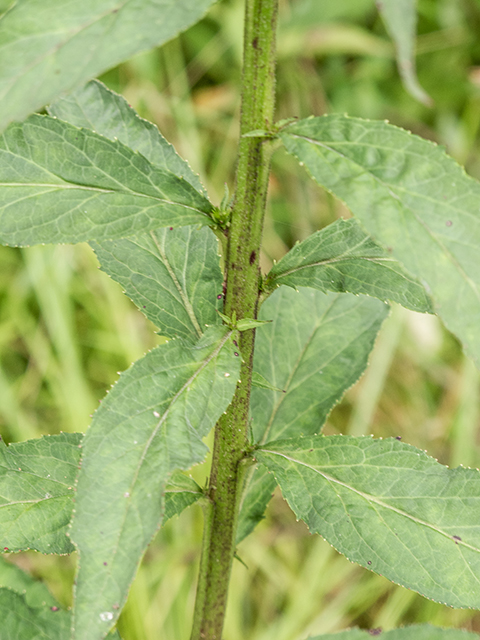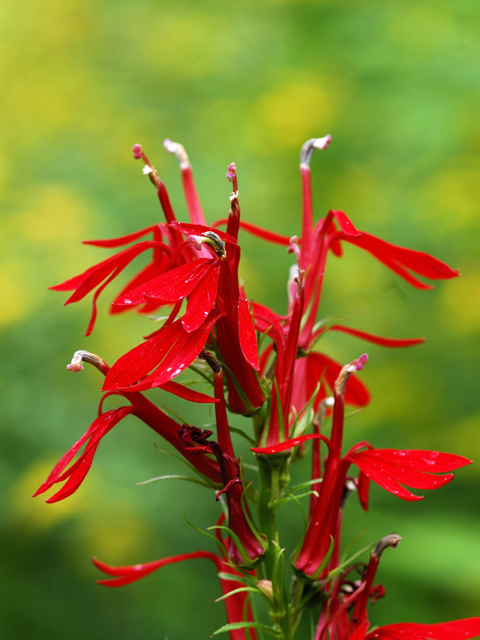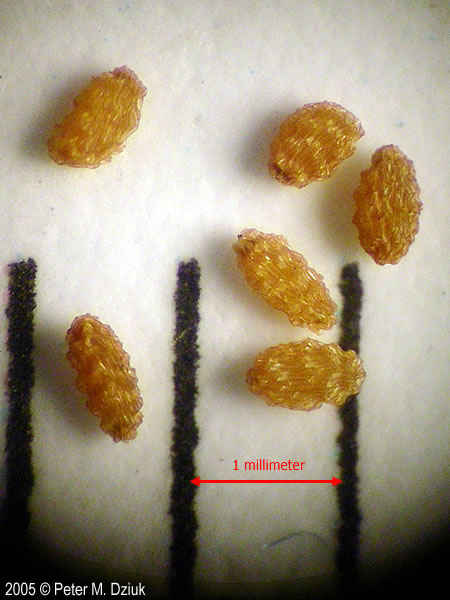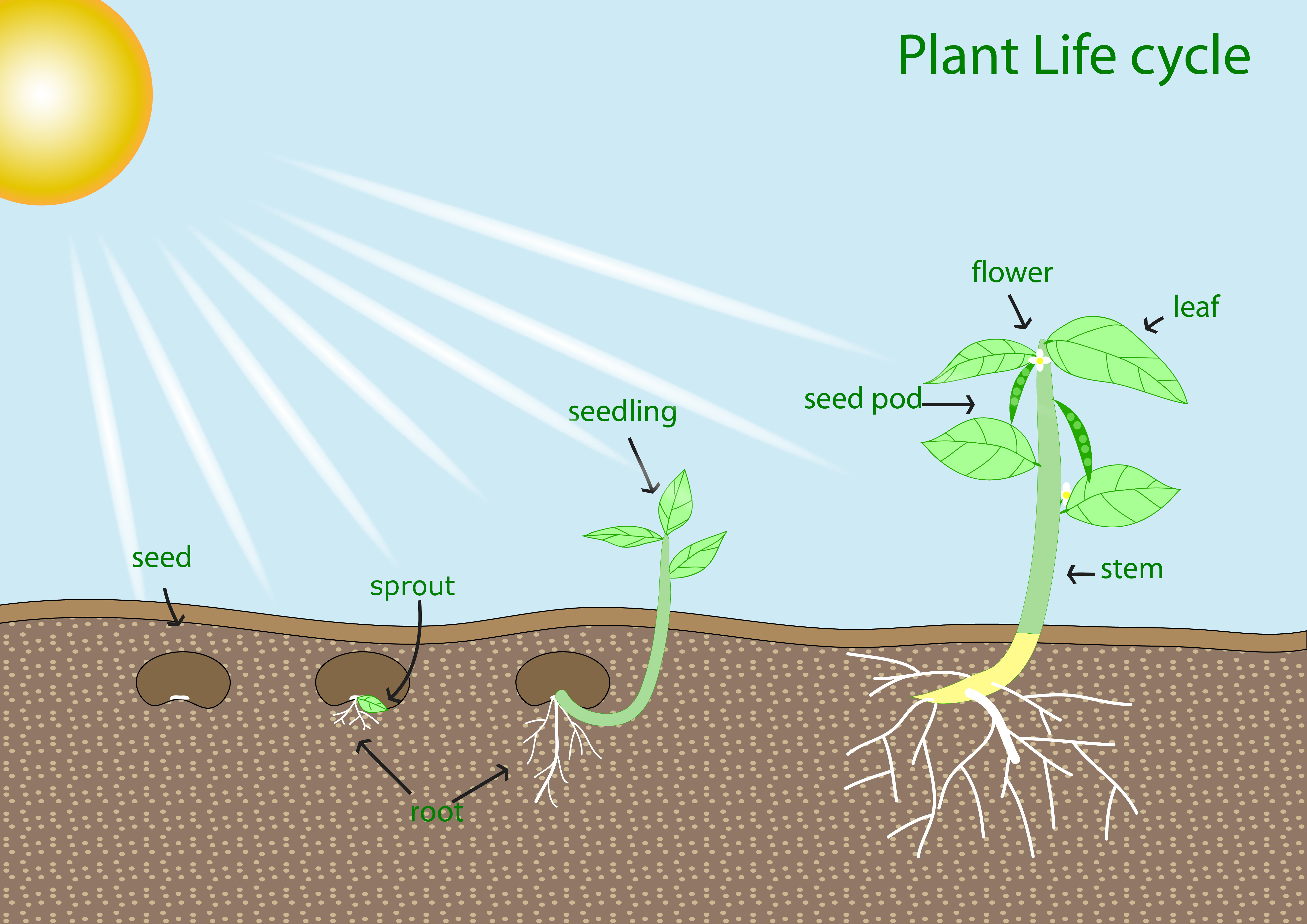Dig into Plants: Cardinal Flower
| Cardinal Flower Other Common Names: Cardinal Flower Scientific Name: Lobelia cardinalis Native to Alabama: Yes |
|
Lady Bird Johnson Wildflower Center R. W. Smith Click on image to enlarge it |
Learn more about...
| Leaf, Flower & Seed Identification | ||||||
| LEAF DESCRIPTION |
Lady Bird Johnson Wildflower Center
Stephanie Brundage Click on image to enlarge it |
|||||
| Leaf Characteristics Chart (PDF) | ||||||
| Shape: Lanceolate |
Margin: Serrate |
Arrangement: Alternate |
Form: Simple |
|||
|
|
|
|
|
|||
| Description: | ||||||
| Dark green leaves are pointed at both ends and grow up to 4 inches long; lower portion of unbranched, erect stem lined with leaves | ||||||
| FLOWER DESCRIPTION | |||||||
| Flower Shape Chart (JPG) | |||||||
| Color: Red; or blue for Great Blue Lobelia - Lobelia siphilitica |
Tubular |
Bloom Months:
May - Oct
|
|||||
| Description: | |||||||
| Terminal raceme (compact cluster of small flowers attached by short equal stalks at equal distances along the end of a stem) up to 8 inches long; flowers are 1-2 inches long, resupinate (twisting as they open) and have 2 lips with the upper portion two-lobed and the lower divided into three parts and spreading, all parts uniting into a tube at the base | |||||||
|
|
|||||
| SEED DESCRIPTION |
Peter M Dziuk
Click on image to enlarge it |
||||
| Type: Fruit - Dry Seed Pod |
Description: Capsule is two-celled, holding many small golden seeds, opening at the top |
Months in Seed: Fall |
|||
| Plant spreads by: Seeds |
|||||
ADDITIONAL RESOURCES FOR TEACHERS
| Quick Fact Sheet (Condensed Species Info) |
Plant ID Sign: Ready as-is PDF |
Plant ID Sign: Editable Word Doc |
QR Code (Links to this Webpage) |
INFORMATION SOURCES FOR THIS PLANT
 |
 |
|
 |
|
|
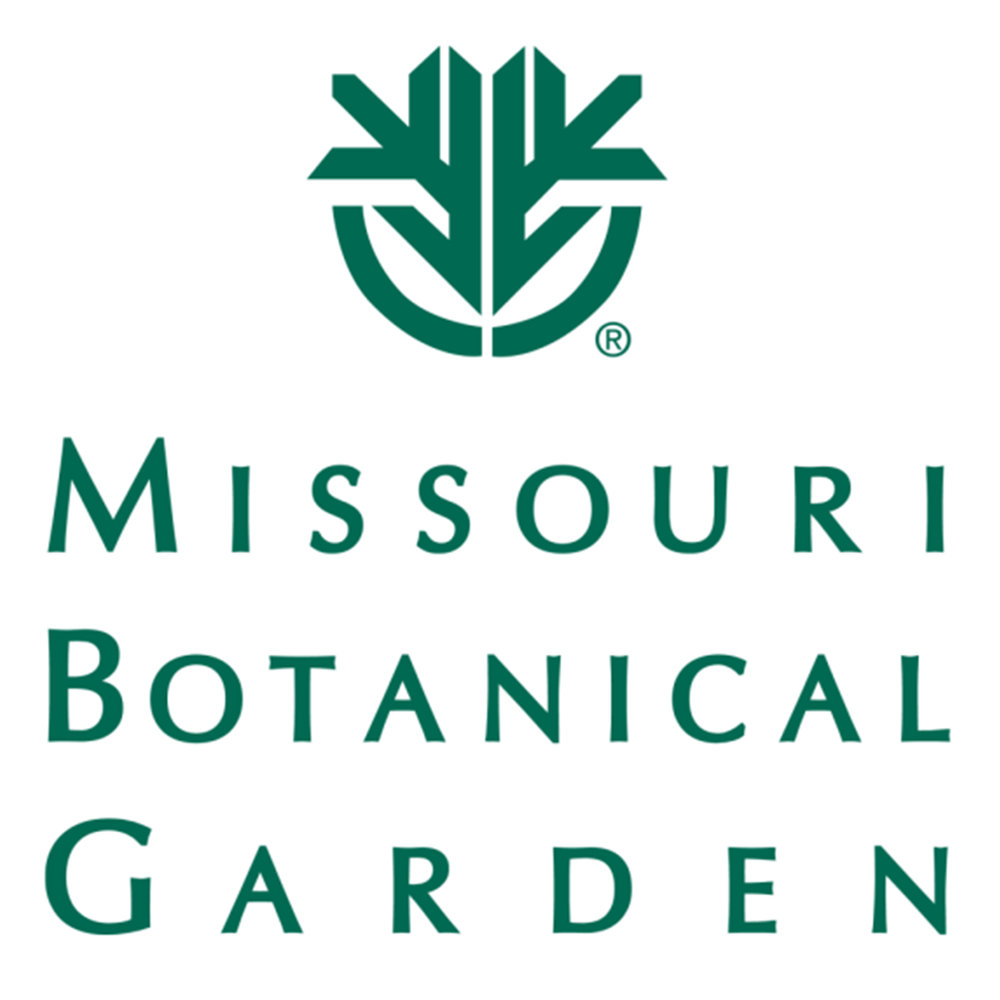 |
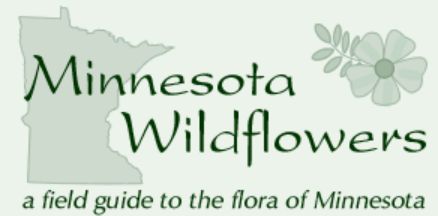 |
 Wildlife Tag
Wildlife Tag
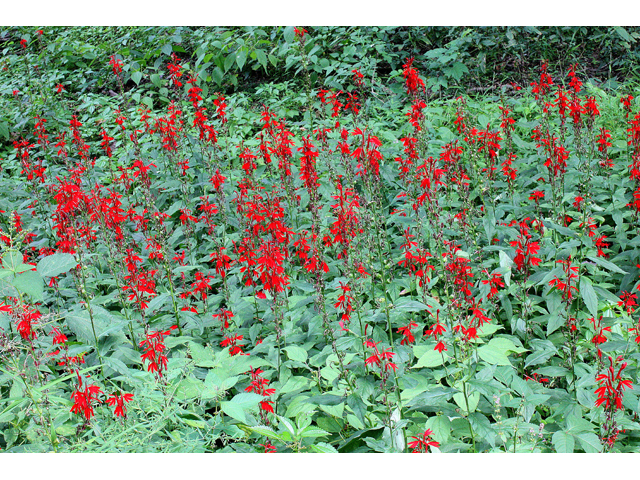




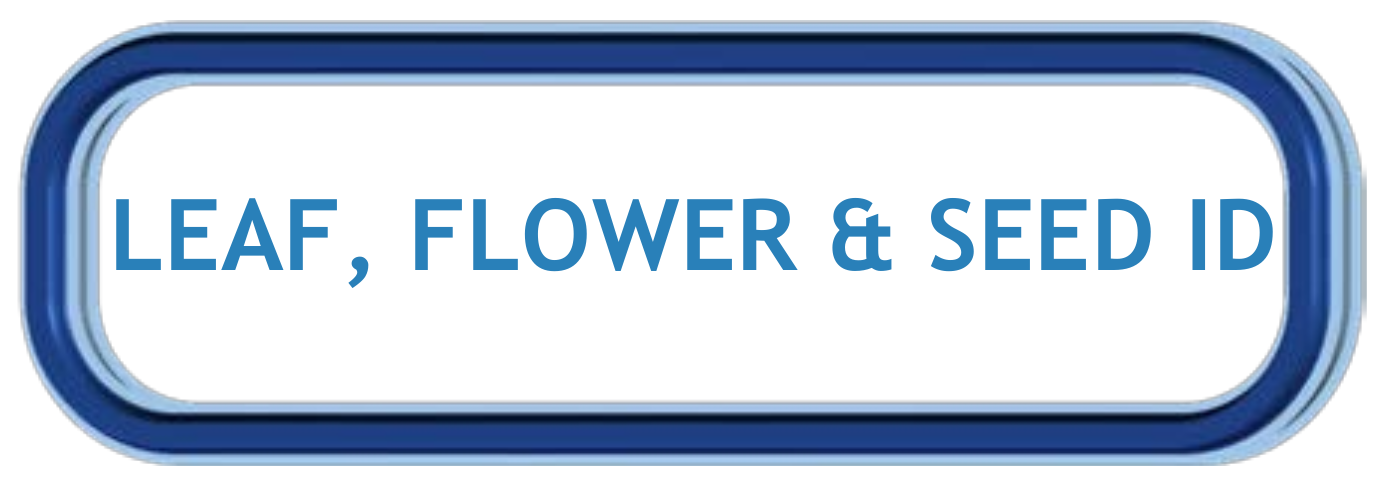

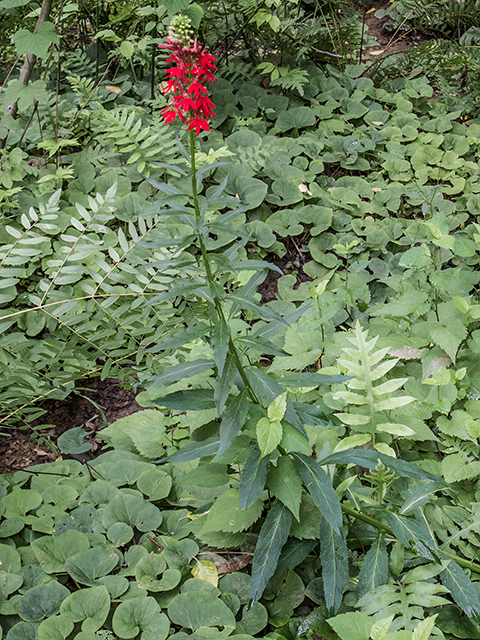
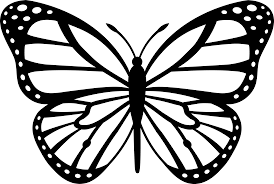

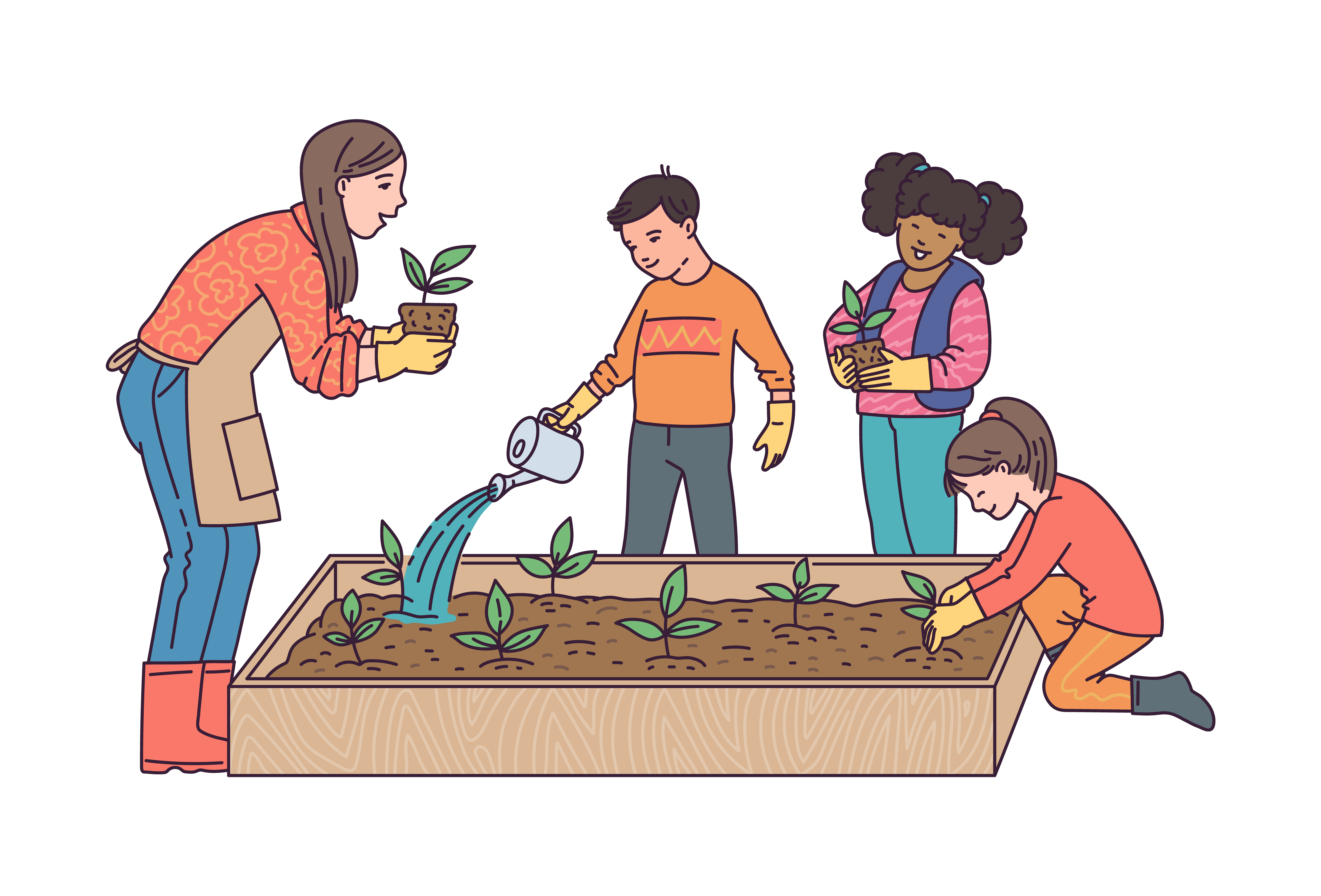
 Shade
Shade 
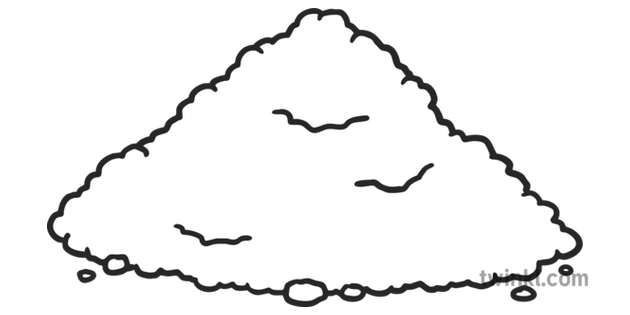 Sandy, Loamy, Clay, Limestone,
Sandy, Loamy, Clay, Limestone,